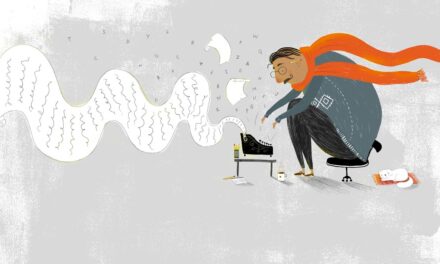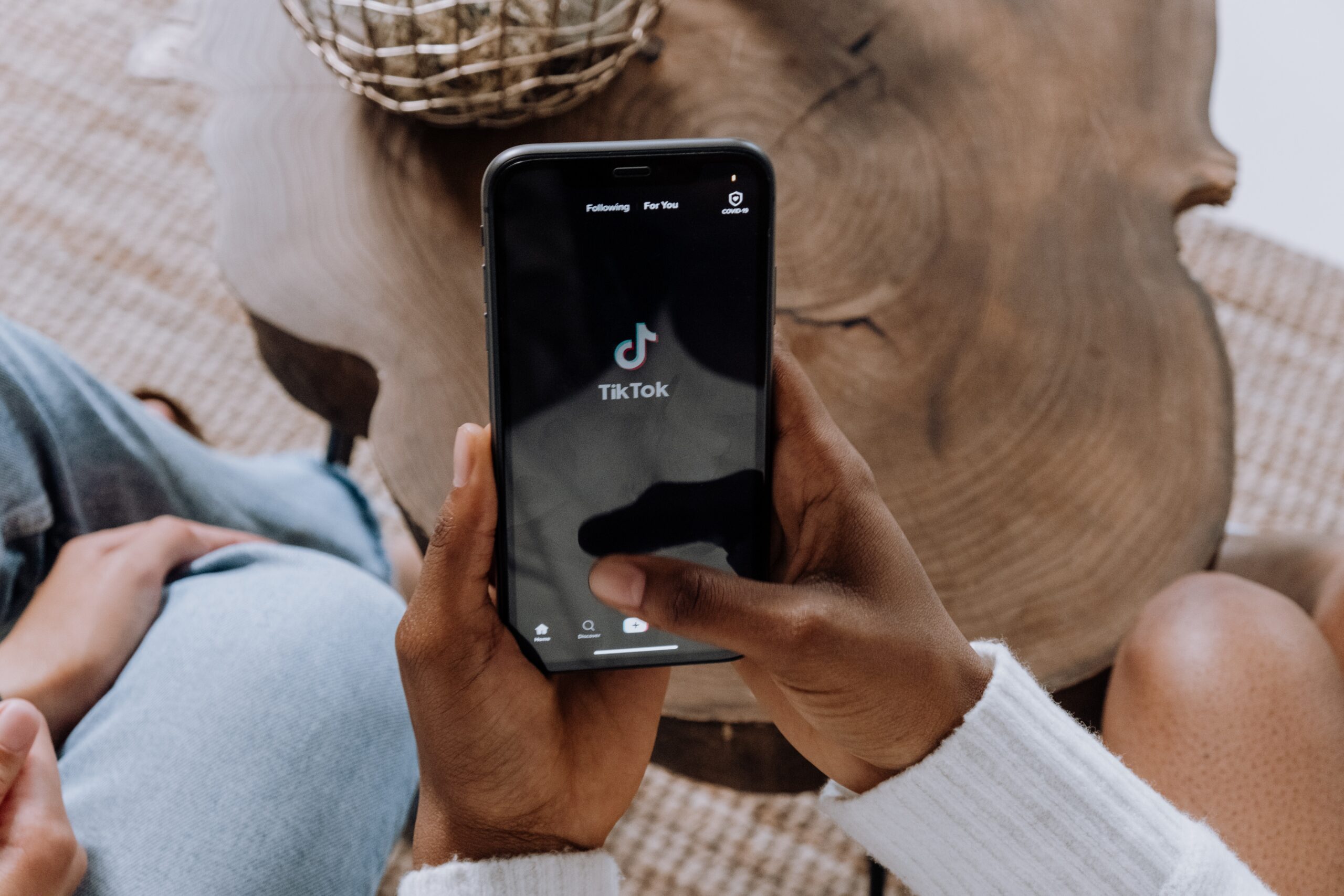The violin is a fascinating and versatile instrument with a rich history and soul-stirring sound. To truly become one with your violin, you must understand its intricate workings, practice a variety of techniques, and consistently hone your skills. In this article, we will discuss essential violin techniques, tips for improving your playing, and ways to keep your instrument in top shape.
Proper Violin Posture
The foundation of good violin playing starts with your body. Developing a comfortable yet effective posture will ensure that you remain free from injury while giving your best performance. Begin by standing (or sitting) straight with your feet shoulder-width apart, distributing your weight evenly. Use your left hand to support the neck of the violin, while your right hand holds the bow at a comfortable angle. Keep your elbows relaxed and avoid unnecessary tension.
Developing a Strong Bow Hold
A solid bow hold is vital to producing clear and resonant tones on the violin. To create the ideal bow hold, place your right hand palm-up and lay the bow across your fingers. Curl your fingers around the frog (the part of the bow where the hairs begin), with your pinky resting on the eyelet, your middle and ring fingers opposite your thumb, and your index finger slightly farther down the stick. This should create a relaxed, flexible grip.
Bow Control and Articulation
The way you manipulate the bow can greatly affect the sound of your violin. Smooth bowing is crucial for creating seamless, flowing passages. To achieve this, make a conscious effort to use the entire length of the bow, using long and full strokes. Be mindful of your bow pressure, as too much can cause a harsh sound, while too little will produce a weak, airy tone. Experiment with different bowing techniques, such as legato, staccato, and spiccato, to expand your musical vocabulary.
Enhancing Left Hand Technique
Your left hand is responsible for creating the pitches and vibrato on the violin. To make the best use of your left hand, ensure that your fingers are curved and that your thumb remains relaxed and flexible behind the fingerboard. Additionally, practice your scales and arpeggios frequently to improve finger dexterity and intonation. To develop a beautiful vibrato, keep in mind that the motion should originate from your arm and wrist, rather than just your fingers.
Dynamic Shifting and Positioning
Mastering shifts and positions on the violin will grant you greater freedom of expression and ease of playing. Regularly practice shifting between different positions, being mindful of your intonation and finger placement. Experiment with various fingerings to find the most efficient way to navigate the fingerboard during challenging passages. To aid in this process, it is helpful to have a well-rounded repertoire that encompasses a range of techniques and positions.
Developing Musicality
Technique is only part of the equation when it comes to playing the violin. Developing your sense of musicality will take your playing to new heights. To nurture your musicality, listen to a wide variety of music, both within and outside of your preferred genre. Pay attention to the emotions, dynamics, and expressive nuances that different performers bring to their playing. Practice playing expressively and experiment with various interpretations of a piece to find your unique voice on the violin.
Prioritizing Practice and Consistency
Consistent practice is key to improving your violin skills. Set aside dedicated time each day for focused practice, addressing areas of weakness and honing your technique. To keep your practice sessions productive, develop a practice routine that targets various aspects of your playing, such as scales, etudes, repertoire, and bowing exercises. Tracking your progress in a practice journal can also provide valuable insight into your growth and areas for improvement.
Maintaining Your Violin
Taking proper care of your instrument is essential for optimal sound quality and playability. Regularly clean your violin with a soft cloth to remove rosin residue and dust. Ensure that your bow has an appropriate amount of rosin and that the hairs remain taut and in good condition. Keep your violin in a sturdy case when not in use, and store it in a stable environment with a consistent temperature and humidity level. Have your instrument professionally serviced when necessary to address issues such as open seams, warped bridges, and worn strings.
Conclusion
Mastering the violin is a lifelong journey of discovery and growth. By dedicating yourself to consistent practice, refining your technique, and nurturing your musicality, you will experience the joy and fulfillment that comes from playing this beautiful instrument. With determination, patience, and passion, you will unlock the full potential of your violin and create an expressive voice that is uniquely your own.






